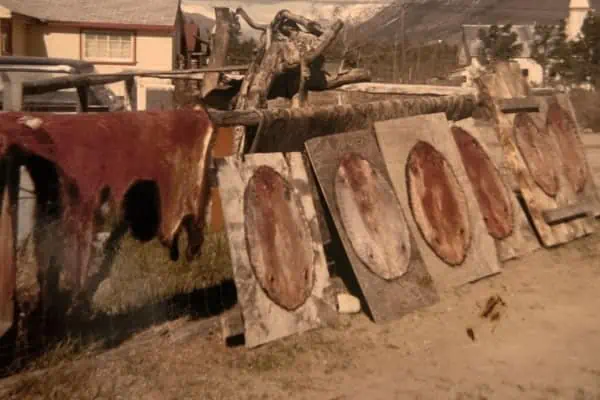When I was eight years old, I attended the Carcross Community School. I thoroughly enjoyed my experience in the Carcross School. Meeting the other students and taking the First Nation cultural classes are some of my best memories.
My most vivid memories are of my time spent playing in the huge sand dunes behind the school. It was a constantly changing world out there in the drifting sands, an adventure I would easily lose myself in and not hear the school bell.
Little did I know that I was playing in a historical landscape. Scientists believe that the Carcross Desert and Dunes are remnants of the last ice age, from the Pleistocene era (pre-10,000 years ago). Plants which appeared to me to be grass were actually rare plants of Beringian Time and are only found in a few small pockets in North America.
Due to strong and constant winds, the Carcross Dunes are continually shifting and therefore are considered “active”. Active dunes are home to some rare and unusual plant life requiring shifting sands in which to live.
One plant of note that grows in active dunes is the Baikal Sedge (Carex Sabulosa). This plant has recently been added to the list of “Species-at-Risk” and care should be taken to avoid treading on this grass-like plant.
It is a small plant held in place by delicate creeping rootstalks. It stands only approximately five inches high, however the stem is weak and droops downward with a purplish, black muti-petal flower.
The plant is found in only a few places in Asia and North America. Specifically, in North America the plant is found in the Kaskawalsh and Dezadeash River areas, the Takhini River area, Carcross Dunes and in a small area in Alaska.
Another “active dune” plant is the Yukon Lupine and is exceptionally abundant in the Carcross Dunes, more than any other place in the world.
The Yukon Lupine is not to be mistaken with the Common Lupine. The Yukon Lupine (lupinus kuschei) is small and the flowers, stalk and leaves are coated with fuzz. As a result of the fuzz on the plant, it appears a lighter green and purple than most lupine flowers. The hair enables the plant to withstand strong winds and also provides warmth to the plant.
This summer, as a Trail Guide for the Yukon Conservation Society, I am returning again to my childhood playground, to lead interpretive hikes in the Dunes. The primary goal of this special theme hike is to grow awareness about the threatened Baikal Sedge plant and to promote the unique nature of the Carcross Dunes environment.
Botanists and naturalists have informed me of the unique qualities of the dunes ecosystem and, as a result, I’ve gained an amazing appreciation of the Carcross Dunes, which I look forward to sharing with you.
I hope you will join me in Carcross for our free interpretive hikes of the Carcross Dunes and learn more about our ancient and natural lands. The next one is Aug. 1, at 1 p.m., starting from the Visitor Information Centre.
Please contact me at 668-5678 for more information about the Carcross Dunes Hikes or other free interpretive hikes happening this summer.
Visit www.yukonconservation.org 302 Hawkins Street in Whitehorse.
This column was provided by the Yukon Conservation Society.




